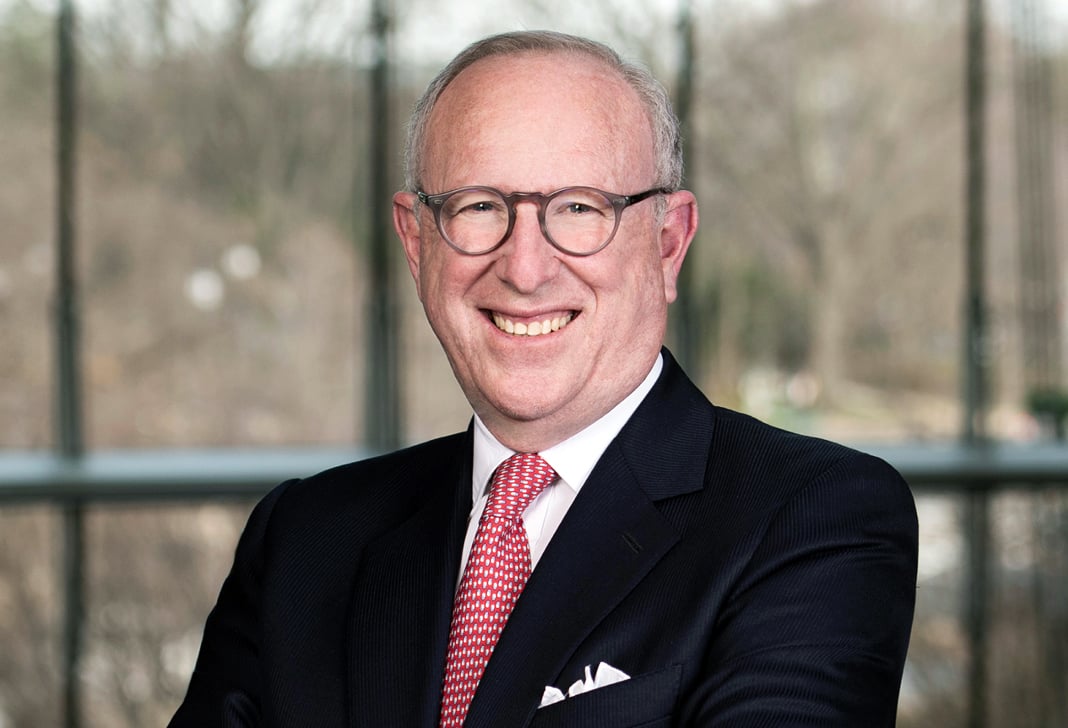New York Times scores victory in challenge to use of "Segal Blend" in withdrawal liability assessment
Client(s) New York Times Company, The
In an important case of first impression in the federal courts, Jones Day won a challenge on behalf of The New York Times Company to an actuarial method widely used by multi-employer pension funds to artificially increase the amount of liability incurred by employers that withdraw from such plans. A withdrawing employer must pay its allocable share of the unfunded portion of the pension plan’s liabilities. The actuarial method at issue, known as the Segal Blend (after the actuarial firm that developed it), relates to the discount rate used to measure the present value of those future liabilities.
The Segal Blend values a pension plan’s liabilities using a discount rate based, in part, on the cost of annuitizing those liabilities. That cost, in turn, reflects the anticipated returns on virtually risk-free corporate bonds, even if the pension plan is invested in risky assets that are anticipated to yield much higher average returns. In a low interest rate environment, the Segal Blend has the effect of inflating the appearance of a plan’s underfunding, requiring higher withdrawal liability payments. Indeed, in some cases, it doubles or triples the unfunded liabilities, and thus the withdrawal amount, compared to the actuary’s best estimate of the pension plan’s anticipated investment return.
In an opinion dated March 26, 2018, Judge Robert W. Sweet of the Southern District of New York ruled that the operative ERISA statutory text requires that the discount rate for withdrawal liability reflect the actuary’s best estimate of the anticipated investment experience of the pension plan’s assets. Based on the facts before him, use of the Segal Blend failed to meet this statutory requirement, because it represents the likely returns on an asset portfolio that the plan does not actually own. As the decision illustrates, the Segal Blend is not legal merely because some actuaries have used it for decades or view it as reasonable. Judge Sweet’s decision was the first federal opinion to directly confront the legality of the Segal Blend in the roughly 35 years since its creation, and will impact the multi-employer pension world.
The New York Times Company v. Newspaper and Mail Deliverers'-Publishers' Pension Fund, Nos. 17-CV-6178-RWS, 17-CV-6290-RWS (S.D.N.Y. Mar. 26, 2018)

